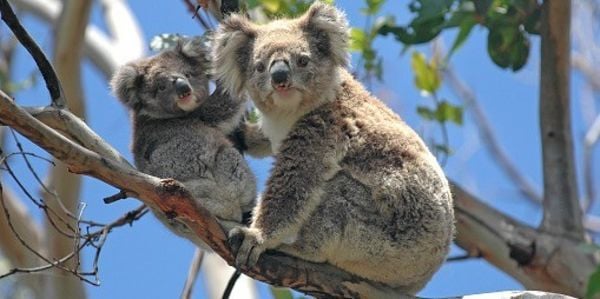Petition to help the koalas of Queensland, Australia
Posted on
|
Koalas Will Go Extinct If We Don't Stop Rampant Deforestation - Please sign this petition to help them This petition is to the Government of Queensland, and Care2.com's The Petition Site is running it. The koala could go extinct within our lifetime, according to researchers. This is mainly because state governments have been much too lenient when it comes to clear-cutting in the koala's last remaining habitats. For instance, between 2012 and 2016, five thousand koalas died becuase of habitat lost, and 94% of them died because of rural deforetation. Koalas in Queensland are losing ground to huge stores and skyscapers thanks to the threat of new developments. Unfortunately, the previous premier rolled back tree-clearing laws. The new premier, Annastacia Palaszczuk is thinking about introducing new measures which would put an end to endless destruction of the koalas habitat. This petition is about speaking up for koalas, being their voice, and asking the Palaszcuk government to pass new tree-clearing restrictions today. The koalas can't speak up for themeslves - they have no voice. We need to be their voice instead. |
